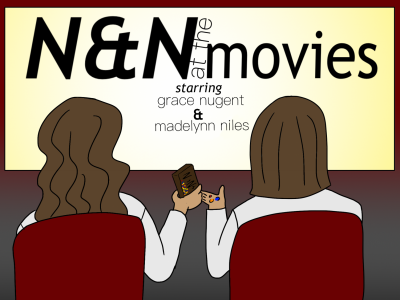 Kaufman’s newest Netflix feature has the heart of a soul-stirring poem and the darkness of a delusional nightmare. It is dismal, it is haunting and, to quote the female lead, it is “beautiful, in a bleak, heartbroken kind of way.”
Kaufman’s newest Netflix feature has the heart of a soul-stirring poem and the darkness of a delusional nightmare. It is dismal, it is haunting and, to quote the female lead, it is “beautiful, in a bleak, heartbroken kind of way.”
We begin with a snowy day in the city. From the get-go, Lucy (Jessie Buckley) expresses the sentiment of the title — a double entendre for her new relationship with a drab man named Jake (Jesse Plemons) and, so we assume, her life. Although she is not exactly sure why, the couple takes a road trip to Jake’s parent’s farmhouse, the next step in what she feels will be a short-lived relationship.
As far as we can tell, Lucy is our protagonist. Her thoughts form the narrative of the film and, as things start to take a turn for the unclear, her mind is our guidepost in the storm. Inconsistencies begin as early as the car drive. One minute Lucy is wearing an orange sweater, and the next it is blue. She dismisses Jake’s talk of poetry, stating she isn’t a metaphorical type of person, and the next she is in full recitation of what she claims is an original piece. We’re not even sure if her name is Lucy — it could be Lucia, Lousia or Yvonne. She could be a quantum physics major, or perhaps a painter or a waitress or an author. Jessie Buckley beautifully shapeshifts into different versions of the same character throughout the film as the mirage of what seems to be Lucy ripples deeper and deeper.
The visit to the farmhouse itself is just as (if not more) baffling as the mixed up details. Jake’s parents age upon entering each room, as if replaying key moments of their lives throughout dinner and into the late evening. We also witness brief scenes of an elderly janitor roaming a small town high school, leaving us to only imply the relationship between him and the other characters. The result of this jumble of scenes including different times, information and scenery prompts a strange wonder at what will appear next on the screen — because, truly, it seems it could be anything.
The sound design and cinematography help guide this mystifying narrative. Even early on, it is clear that we should be afraid of what is going to happen — we hear the persistently clunky windshield wipers against the snow, the uncomfortably long jingle of Jake’s dog’s collar as he shakes to dry himself. We see things that feel like maybe we shouldn’t be seeing: a brand new swing set out of place in the desolate climate, or characters aging decades right before our eyes. Each detail, although not scary by itself, adds to a very off-putting and disturbing world (which is exactly what I loved about it).
So what is going on? Why do things keep changing, and why do things make less sense as the movie goes on?
If you are anything like me, your favorite part about the film won’t come until after you’re finished watching — diving hungrily into theories, reviews, and “Ending Explained” YouTube videos. After digesting some information from Kaufman himself (and after the heebie jeebies subsided), I found myself marveling at the cleverness that is this movie and the Iain Reid novel it is based upon. As for the hidden references, clues and story behind the chaos: I’ll leave you to piece those together if you find yourself watching this film.



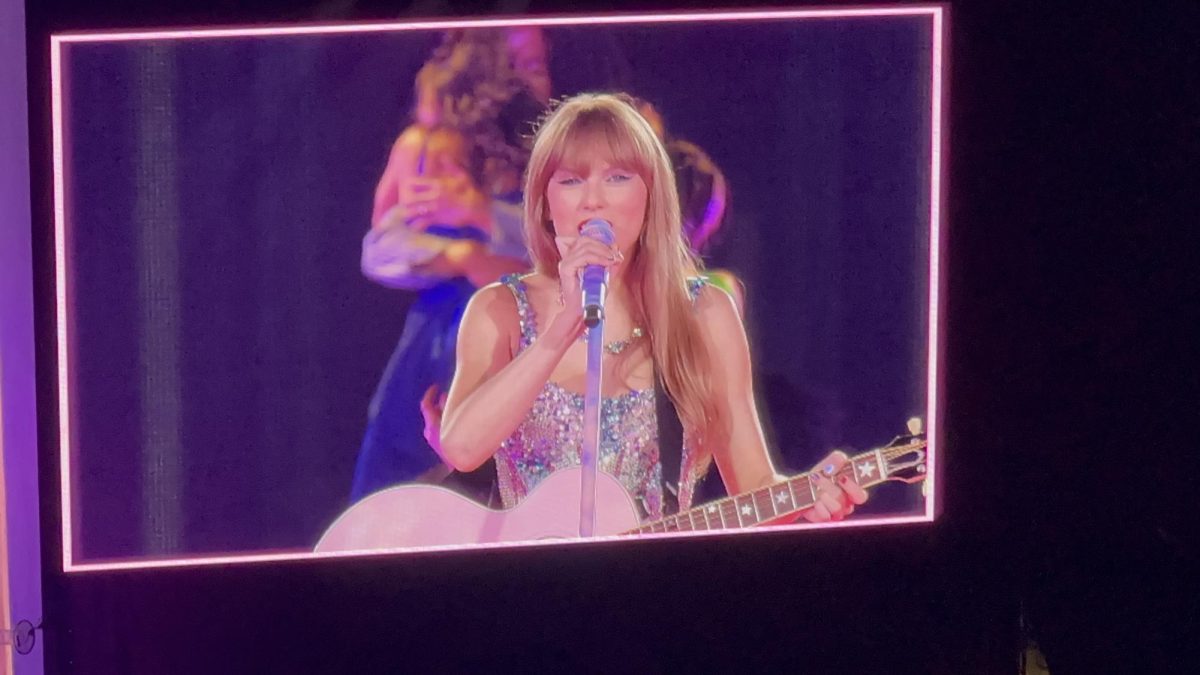

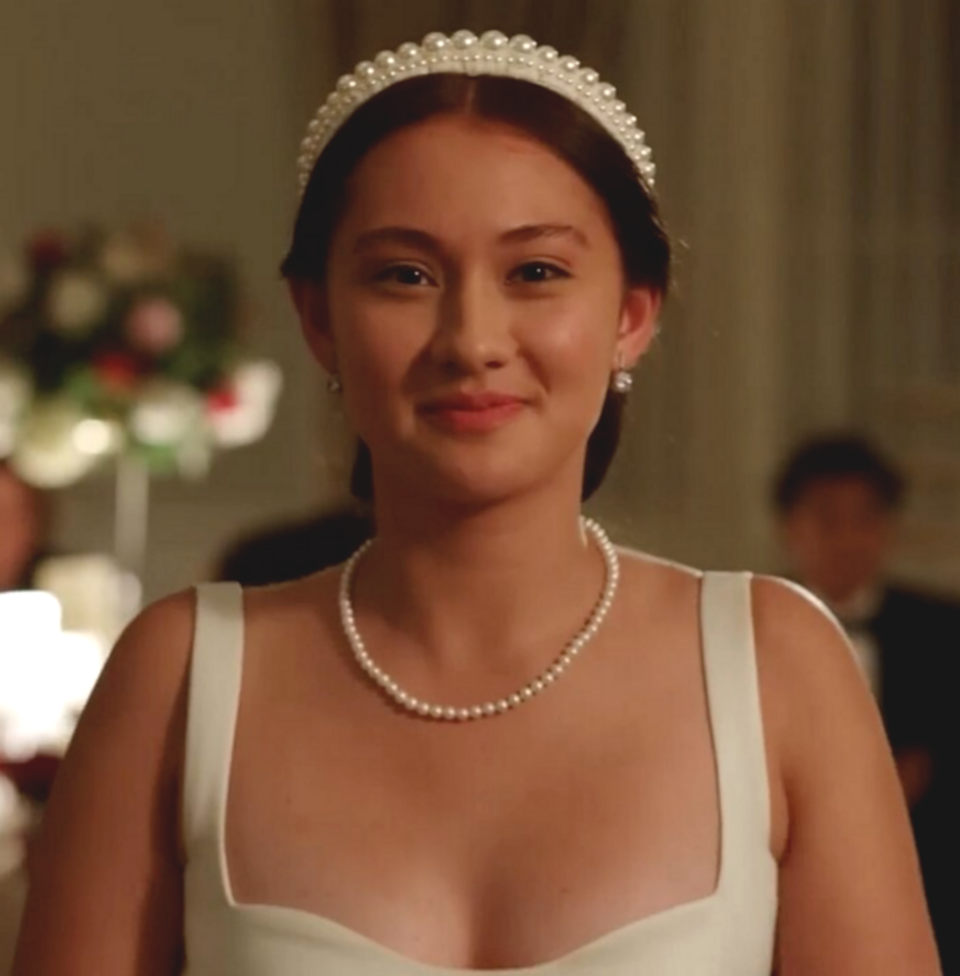
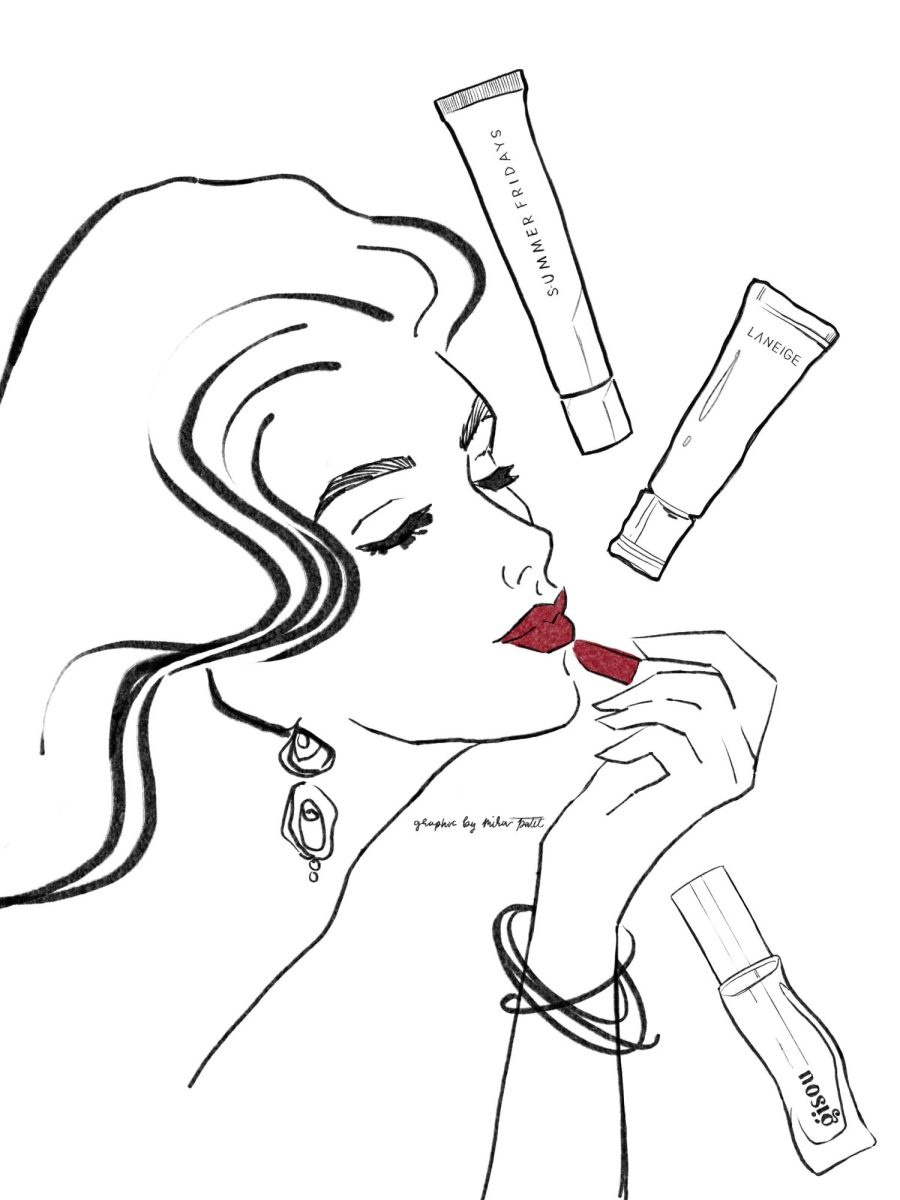
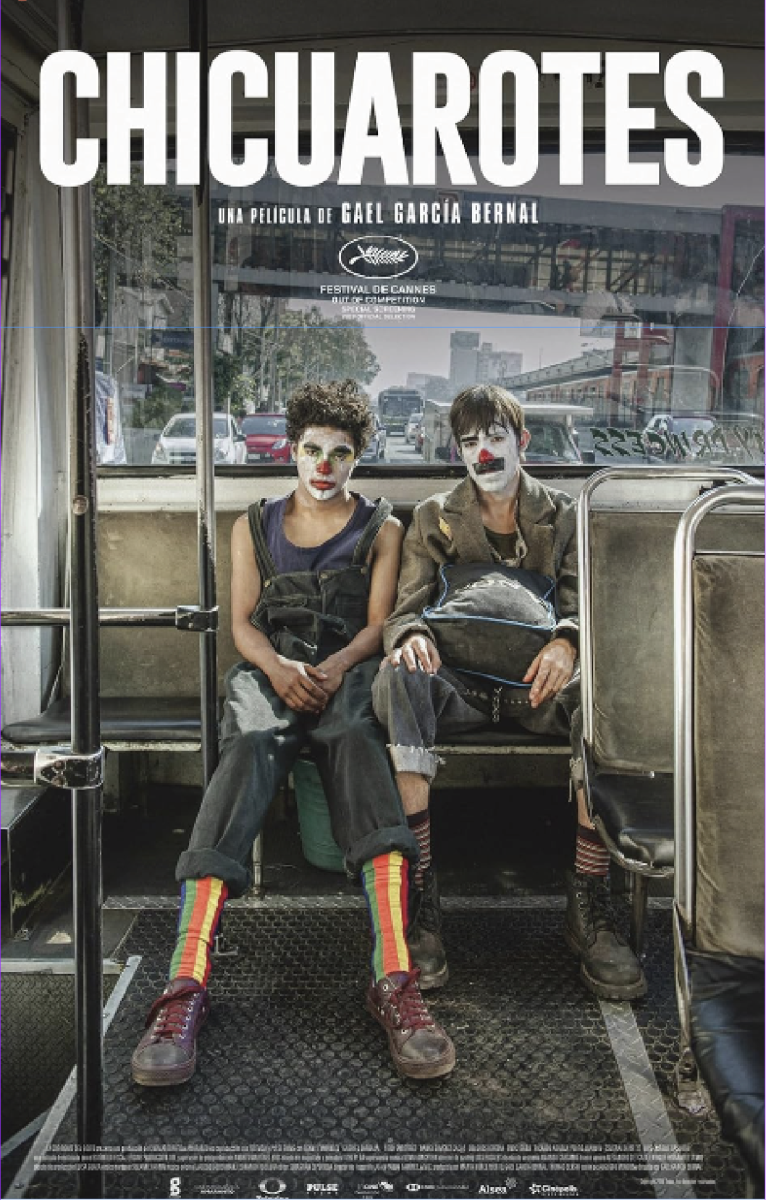


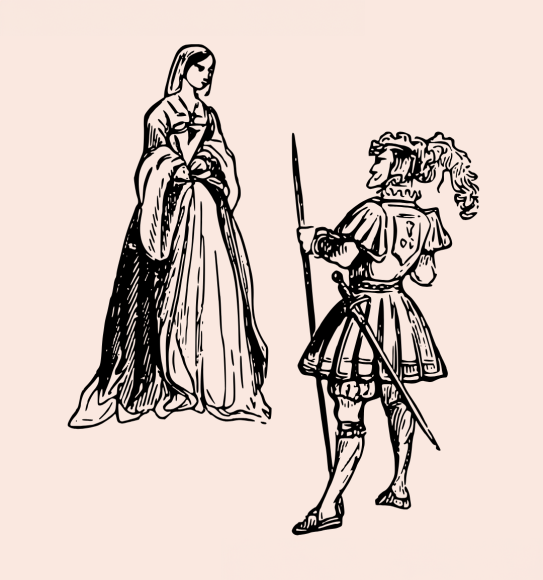


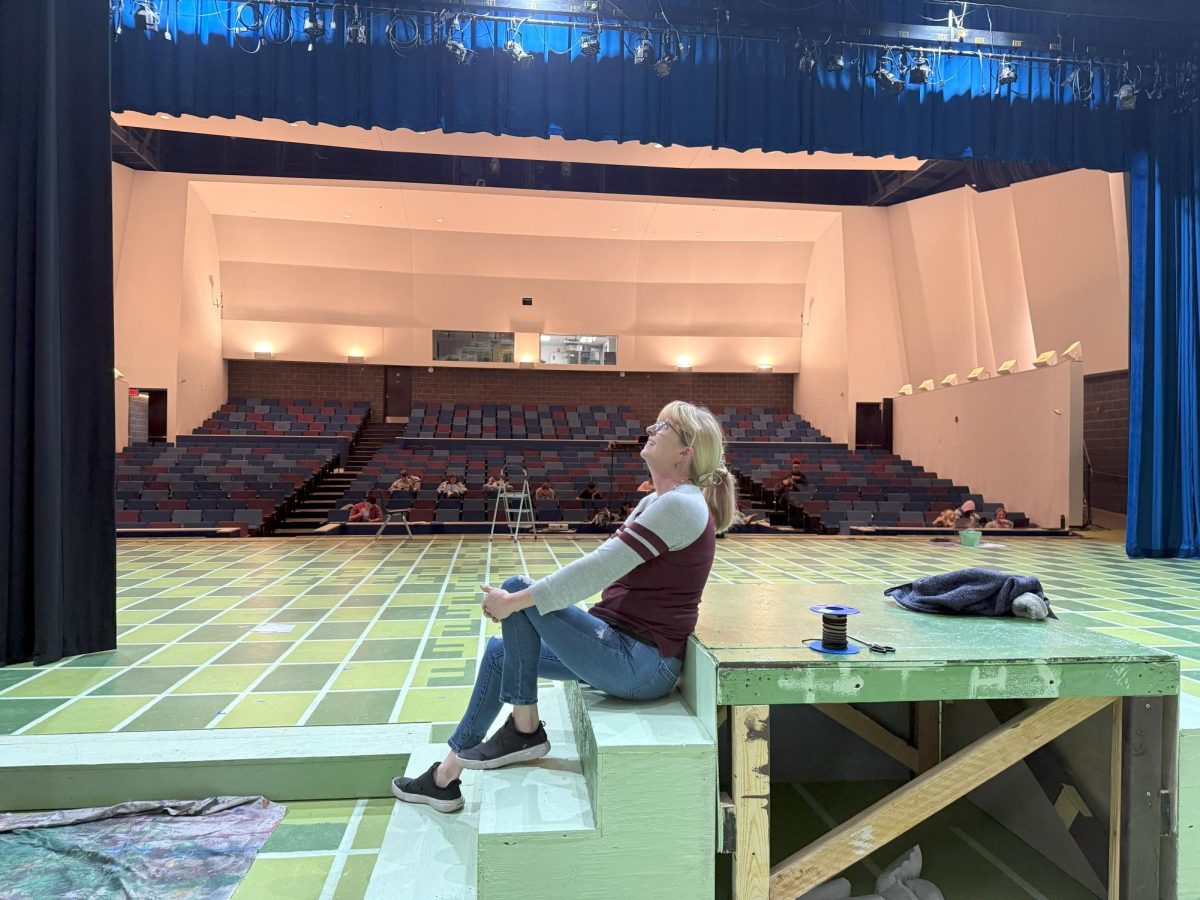
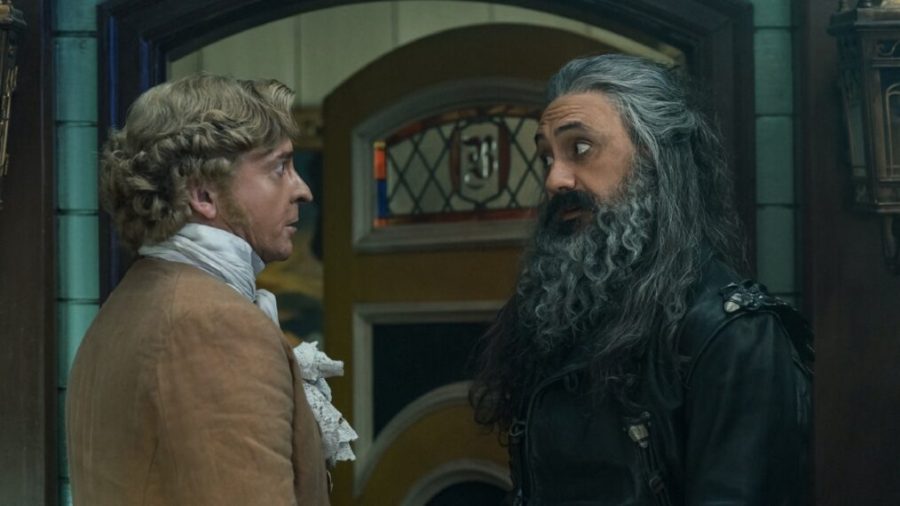
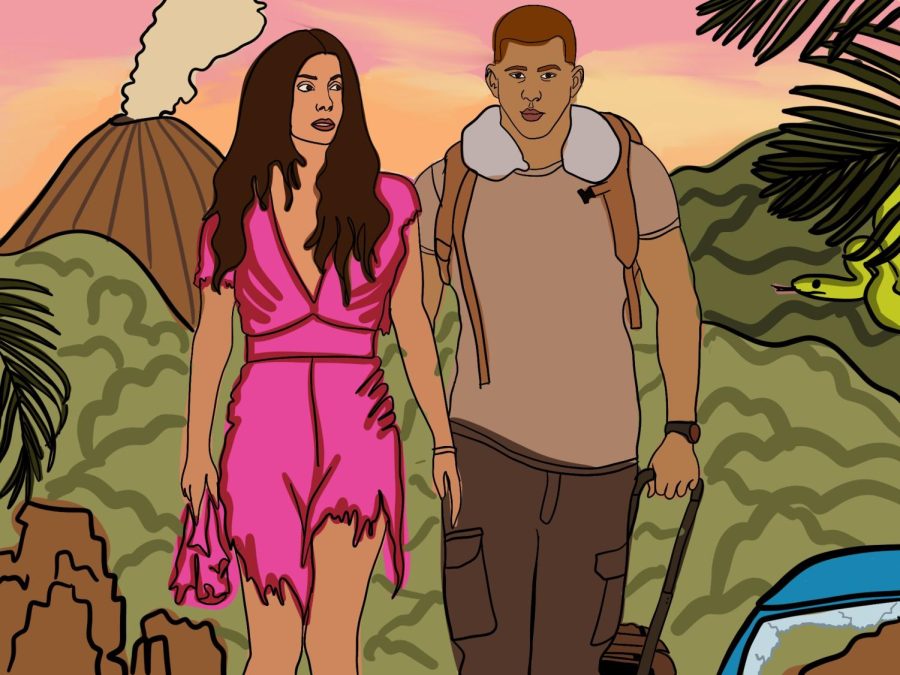
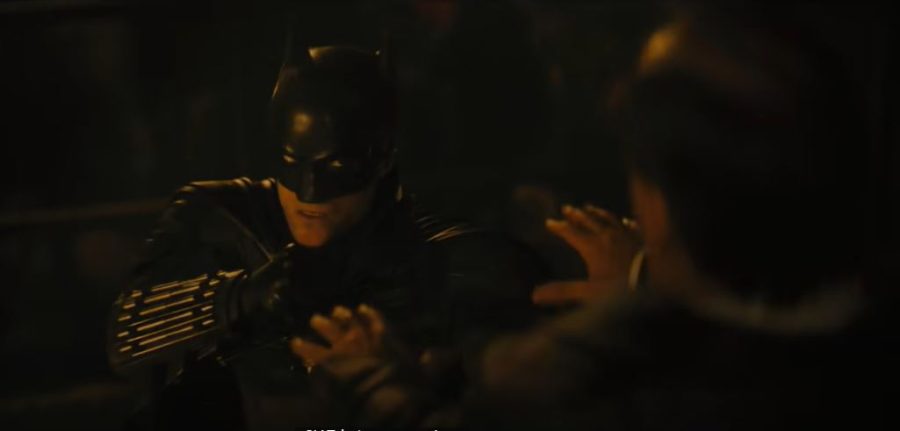

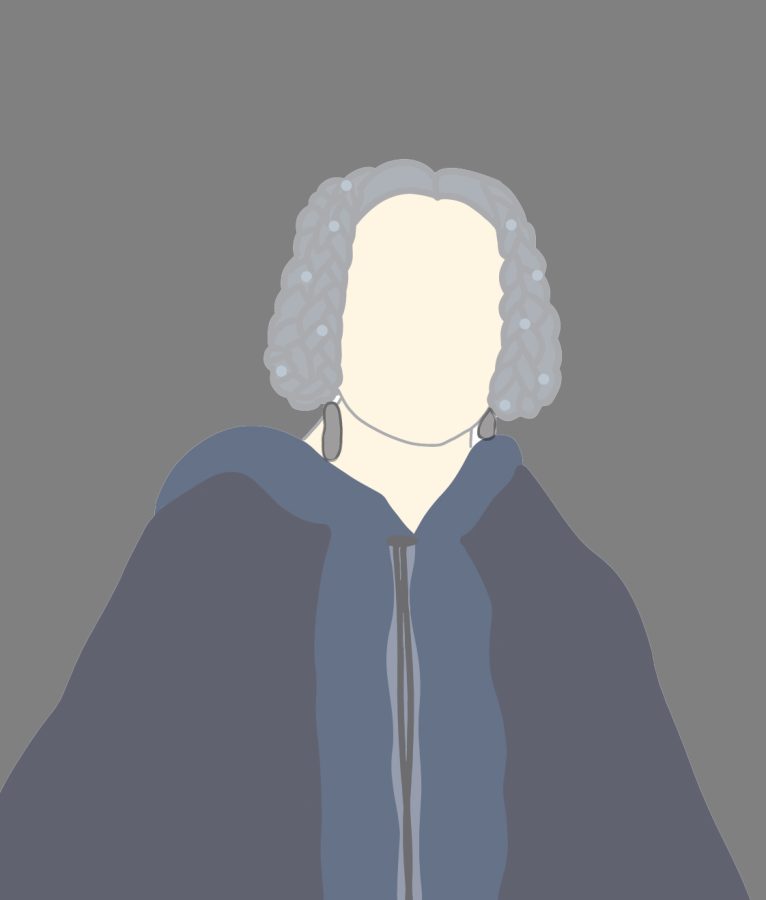
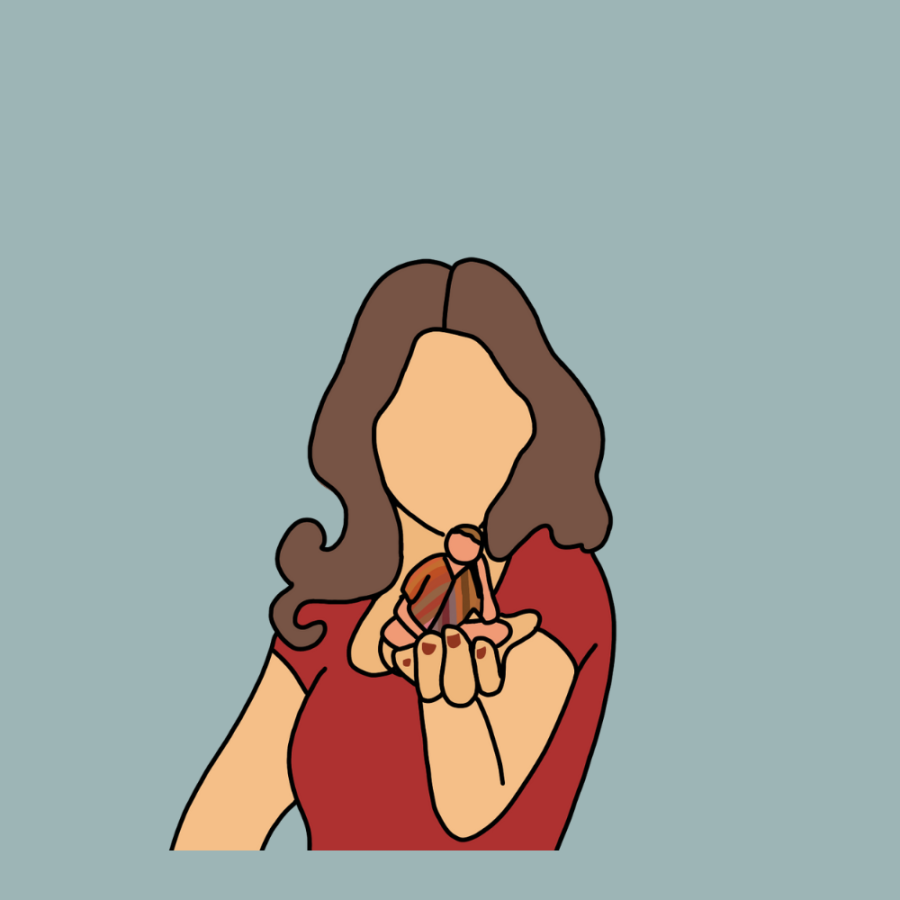
Grace Vitale • Mar 7, 2021 at 7:32 pm
This is such a fantastic and in-depth review of this movie. The title is extremely clever, the word choice used enhances the overall quality of your review, and the way in which your review is structured as well as written completely helps the reader understand just how thought-provoking this movie is. Every single aspect of the film that I had found to be interesting and worth noting while having watched it is touched upon in this review. For instance, I loved how you mentioned in your review that since the scenes of the movie include a jumble of different times, information, and scenery, a viewer who is watching it for the first time starts to believe that anything could happen in the next scene they are about to watch while watching it. You really demonstrated through this review that you genuinely understand just how intricately complex this movie is and that is what I love about it. Specifically, your review functions as not just a critique of the movie but also an exploration of its intricacies, mind-bending plot, evocative imagery, central protagonist, narrative structure, and overall ambiguity. Overall, this is an extremely thorough and well-written review that I enjoyed reading immensely.